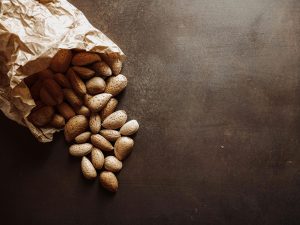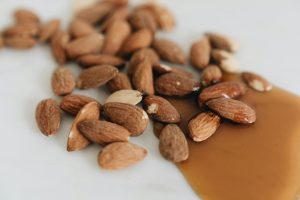Bao Burgers: Steamed Buns Reinvent the American Classic
If you’re a fan of burgers, chances are you’ve tried all kinds of variations on the classic American dish. From juicy beef patties with melted cheese to crispy chicken fillets with tangy BBQ sauce, there’s no limit to the delicious combinations you can create. But have you ever heard of a Bao burger? This unique twist on the classic burger takes inspiration from the traditional Chinese steamed bun, resulting in a mouth-watering fusion of East and West. Get ready to discover the latest trend in the burger world – Bao Burgers: Steamed Buns Reinvent the American Classic.
What is a Bao Burger?
A Bao burger, also known as a “bao bun burger,” is a burger that is served inside a Chinese-style steamed bun, or bao. These buns are usually made from a dough that is fermented with yeast and then steamed, resulting in a soft and fluffy texture. In Western cuisine, buns like these are often used to make sandwiches, but in Asian cuisine, they are often filled with savory ingredients and served as a snack or part of a meal. The Bao burger combines the best of both worlds, taking the classic burger fillings and placing them inside a steamed bun for a unique and delicious eating experience.
The Origins of Bao Burgers
The Bao burger trend originated in Taiwan, where the dish is known as “gua bao.” Gua bao is a type of bao that is filled with sliced pork belly, pickled mustard greens, and other ingredients. However, the dish quickly gained popularity in other parts of Asia and eventually made its way to the US, where it has become a hit among foodies and trendy restaurants. Today, you can find Bao burgers on the menus of many restaurants across the country, each with their own unique twist on the dish.
The Perfect Combination of Textures and Flavors
What sets Bao burgers apart from traditional burgers is not only the steamed bun but also the combination of textures and flavors. The soft and fluffy bao bun contrasts perfectly with the juicy meat and toppings, creating a harmony of textures in every bite. Additionally, the bao bun brings a subtle yet distinct flavor to the burger, elevating the overall taste experience. The result is a burger that is not only delicious but also incredibly satisfying to eat.
Variations on Bao Burgers
While the most common variation of Bao burgers is with a beef patty and traditional burger toppings, there are countless other options to explore. Some restaurants opt for non-traditional fillings, such as pulled pork, crispy chicken, or even vegetarian options like portobello mushrooms. Toppings like kimchi, sriracha mayo, and hoisin sauce add an extra layer of flavor to the burger, making each bite a unique and flavorful experience.
The Rise of Bao Burgers in American Cuisine
The growing popularity of Bao burgers in the US is not surprising, given the country’s love for creative and fusion dishes. The Bao burger trend has been embraced by both restaurants and food enthusiasts, with many chefs putting their own spin on the dish. Social media has also played a significant role in the rise of Bao burgers, with photos of the colorful and mouth-watering burgers flooding platforms like Instagram and Pinterest.
A Must-Try for Burger Lovers
If you’re a burger lover, then Bao burgers are a must-try. With their unique combination of textures and flavors, they offer a refreshing twist on the classic American dish. Plus, with the endless variations to explore, there’s bound to be a Bao burger that suits your taste buds. Next time you’re in the mood for a burger, opt for a Bao burger and experience the fusion of East and West in every bite.
In Conclusion
Bao burgers are a prime example of how food trends can bring together different cultures and cuisines. The combination of a traditional Chinese steamed bun and all-American burger ingredients may seem unusual, but the result is undeniably delicious. As the popularity of Bao burgers continues to grow, it’s safe to say that they have successfully reinvented the American classic. So, why not give them a try and see for yourself what all the buzz is about?











